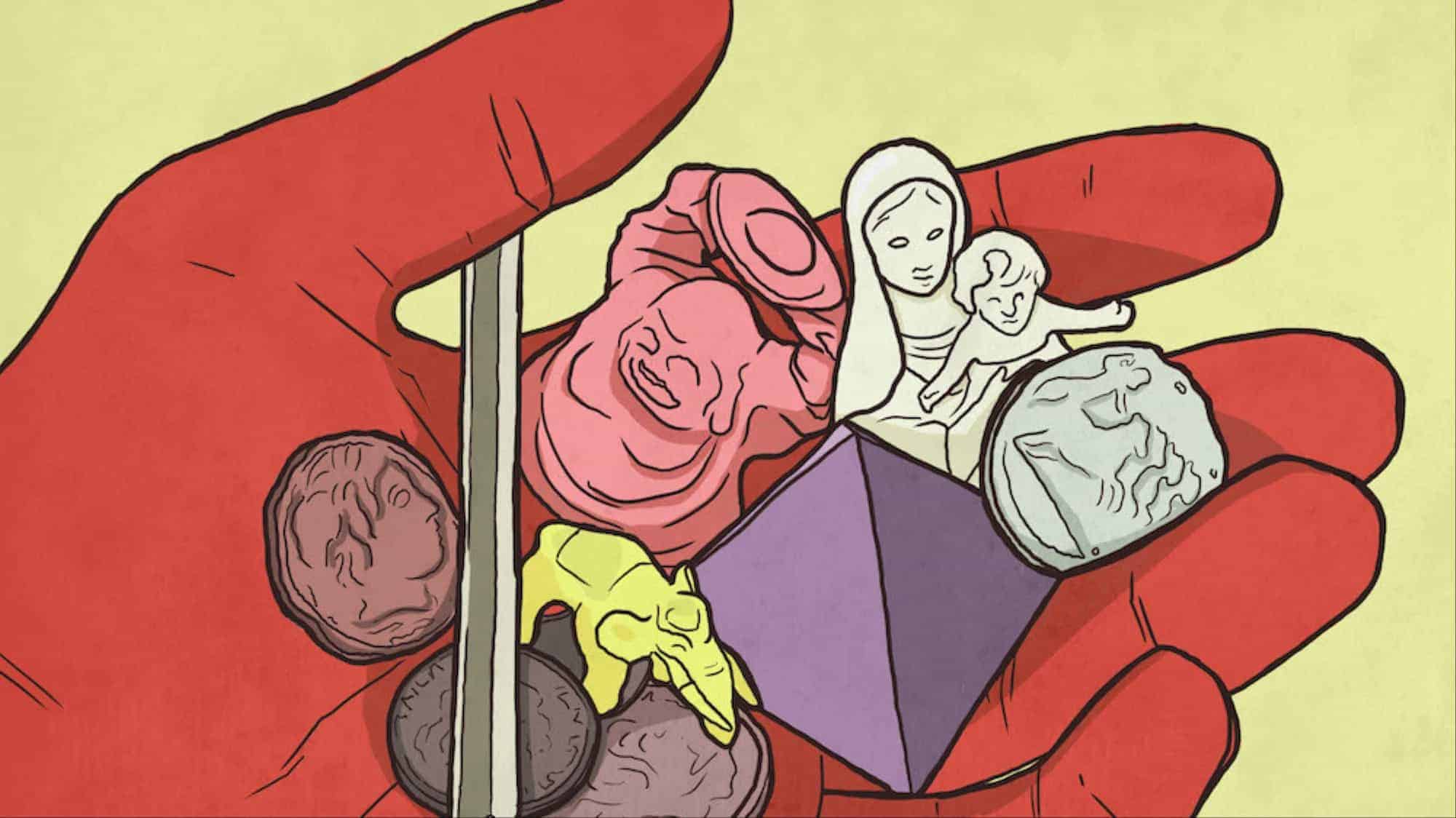

A recent study of adult psychiatric inpatients with multiple disorders (n = 204) revealed that 7.8% (n = 16) endorsed current symptoms consistent with a diagnosis of kleptomania, and 9.3% (n = 19) had a lifetime diagnosis of kleptomania. Although no national epidemiological study of kleptomania has been performed, studies of kleptomania in various clinical samples suggest that it is not uncommon. Kleptomania, also referred to as compulsive shoplifting, may be a fairly common disorder that results in significant personal distress and legal consequences. Large scale treatment studies are needed.ĭescriptors: Impulse control disorders Pharmacotherapy Comorbidity Theft Study characteristics Kleptomania may respond to cognitive behavioral therapy and various pharmacotherapies (lithium, anti-epileptics, and opioid antagonists).ĬONCLUSIONS: Kleptomania is a disabling disorder that results in intense shame, as well as legal, social, family, and occupational problems. Individuals with kleptomania suffer significant impairment in their ability to function socially and occupationally. Lifetime psychiatric comorbidity is frequent, mainly with other impulse control (20-46%), substance use (23-50%) and mood disorders (45-100%). RESULTS: Kleptomania generally has its onset in late adolescence or early adulthood and appears to be more common among women.

METHOD: This article reviews the literature for what is known about the clinical characteristics, family history, neurobiology, and treatment options for individuals with kleptomania. Despite its relatively long history, kleptomania remains poorly understood to the general public, clinicians, and sufferers. OBJECTIVES: Kleptomania, a disabling impulse control disorder, is characterized by the repetitive and uncontrollable theft of items that are of little use to the afflicted person.

Kleptomania: clinical characteristics and treatmentĭepartment of Psychiatry, University of Minnesota School of Medicine, Minnesota, USA Impulse control disorders Pharmacotherapy Comorbidity Theft Study characteristics

Large scale treatment studies are needed. CONCLUSIONS: Kleptomania is a disabling disorder that results in intense shame, as well as legal, social, family, and occupational problems. Kleptomania may respond to cognitive behavioral therapy and various pharmacotherapies (lithium, anti-epileptics, and opioid antagonists). Transtornos do controle de impulso Farmacoterapia Comorbidade Roubo Características de estudos São necessários estudos de tratamento em ampla escala. CONCLUSÕES: A cleptomania é um transtorno incapacitante que resulta em uma vergonha intensa, bem como problemas legais, sociais, familiares e ocupacionais. A cleptomania pode responder ao tratamento com terapia cognitivo-comportamental e com várias farmacoterapias (lítio, antiepilépticos e antagonistas de opióides). Indivíduos com cleptomania sofrem de prejuízo significativo em sua capacidade de funcionamento social e ocupacional. A comorbidade psiquiátrica ao longo da vida com outros transtornos de controle de impulsos (20-46%), de uso de substâncias (23-50%) e de humor (45-100%) é freqüente. RESULTADOS: A cleptomania geralmente tem seu início no final da adolescência ou no início da vida adulta, e parece ser mais comum em mulheres. MÉTODO: Este artigo revisa a literatura sobre o que se sabe a respeito das características clínicas, histórico familiar, neurobiologia e opções de tratamento para indivíduos com cleptomania. Apesar de seu histórico relativamente longo, a cleptomania continua sendo pouco entendida pelo público geral, pelos clínicos e pelos que dela sofrem. OBJETIVOS: A cleptomania, um transtorno incapacitante do controle dos impulsos, caracteriza-se pelo furto repetitivo e incontrolável de itens que são de pequena utilidade para a pessoa acometida por esse transtorno.


 0 kommentar(er)
0 kommentar(er)
